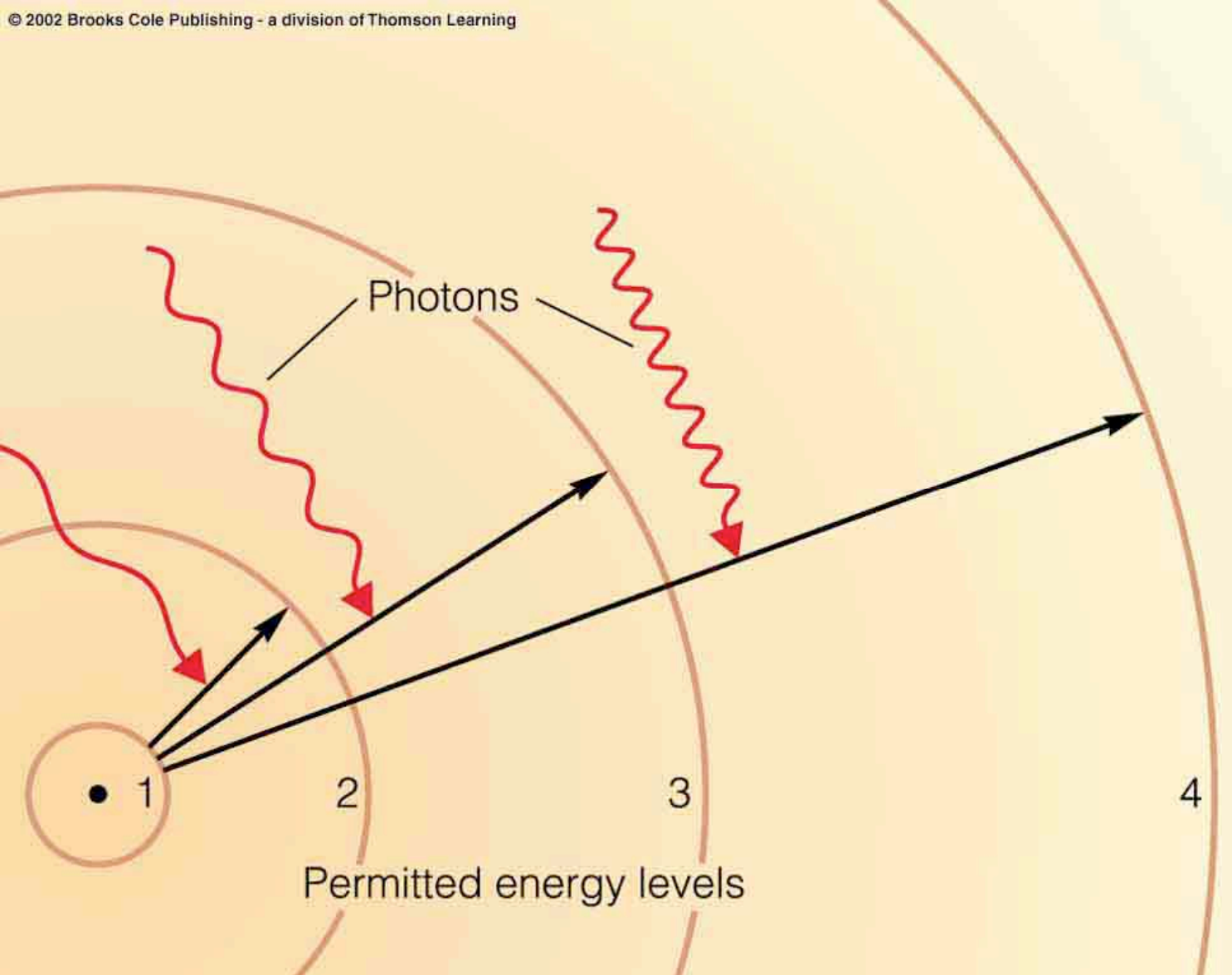THERMAL ENERGY TRANSFER
a presentation by the kids on Mr. Laverty's naughty list
Table of content
- Introduction
- Black Body radiation
- Wiens and Stefan Boltzman Law
- Emissivity
- Sun and Radiation
- Albedo
- Greenhouse effect


radiation
convection
conduction
SOUP
the transfer of thermal energy by the currents in a fluid
the direct transfer of heat from one object to another
the transfer of thermal energy through electromagnetic waves
Introduction

white surface
black surface
- absorbed most of the energy
- reflects most of the energy
- reflects some
- absorbes some
IS THERE A BODY THAT ABSORBS ALL INCIDENT ELECTROMAGNETIC ENERGY ?
Black body radiation

Cavity
Incident ray

Black holes

Stars
A brief history of the discovery of bb-radiation
mid 18th century - gases





A brief history of the discovery of bb-radiation
1814 - Frauenhofer lines


1850s - opaque substances


Lead to an explanation of the Frauenhofer lines
It is also necessary to account for the earth's atmosphere
-Telluric Contamination
Continuous Spectra
A brief history of the discovery of bb-radiation

A brief history of the discovery of bb-radiation
It was noted that some objects nearly perfectly absorbed incident radiation, these were christened black bodies

An ideal body is now defined, called a blackbody. A blackbody allows all incident radiation to pass into it (no reflected energy) and internally absorbs all the incident radiation (no energy transmitted through the body). This is true for radiation of all wavelengths and for all angles of incidence. Hence the blackbody is a perfect absorber for all incident radiation.
Key points about a black body:
-it is a theoretical construct, albeit there exist a variety of objects that approximate black bodies (Cavities, Black Objects, Celestial Bodies, Black Holes, Cosmic Microwave background Radiation)
-It is an ideal emitter: at every frequency, it emits as much energy as – or more energy than – any other body at the same temperature.
-It is a diffuse emitter: the energy is radiated isotropically, independent of direction.
-It should be in thermal equilibrium (constant temperature throughout body) in order for accurate predictions to be made

It was realized that by measuring the 'overall color' of an object, its temperature could be aproximated
A brief history of the discovery of bb-radiation
The Ultraviolet Catastrophy

Classical physics predicted that, at high temperatures, the power generated at high frequencies (UV and above) would be infinite

A brief history of the discovery of bb-radiation
Bohr's Interpretation



Wien's Displacement Law
Wien’s displacement law, in this simplified form, is used to determine the height and therefore width of the line in the graph of the intensity versus wavelength for a black body.
λmax = b/T
λmax = Wavelength at which the intensity is the highest (in meters)
b = Wien’s displacement constant, 2.898x10^-3 m K
T = Absolute temperature

Stefan-Boltzmann Law
The law is P = σAT^4
P = Power
A = Area of black body
T = Absolute temperature
σ = 5.6704 × 10^−8 watt per meter^-2∙K^-4
The Stefan-Boltzmann law allows you find the total power radiated at a temperature, because if the area of the black body and the absolute temperature the equation will give you the power radiated from the black body.
Emissivity
Measures how effectively a body radiates energy
power emitted by a radiating object
power emitted by a black body of the same dimension and temperature
ratio => no units
complete reflection
complete absorbtion
black body
same dimensions
same temperatures


emits less energy per second
P=𝑒𝜎AT⁴
grey object
black body
The Sun may be considered to radiate as a perfect emitter (i.e. as a black body). It emits a total power of about P=3.9×1026W.The average Earth–Sun distance is d = 1.50 × 1011 m.

Sun & radiation
Intensity :
is the power of radiation received per unit area.
the intensity, received by Earth is:


Solar constant (S)
Sun & radiation
Albedo
What is Albedo?
Is the extent surfaces reflect energy back towards the atmosphere

Gives a value from 0-1
0 does not reflect any energy, absorbs all energy
1 does not absorb energy, reflects energy
Has no unit as it's a ratio

| Surface | Albedo |
|---|---|
| Ocean | 0.06 |
| Fresh Snow | 0.85 |
| Sea Ice | 0.60 |
| Ice | 0.90 |
| Urban Areas | 0.15 |
| Desert Soils | 0.40 |
| Pine Forest | 0.15 |
| Deciduous Forest | 0.25 |
Table of Albedo values

Real life uses
When fresh snow lays on the ground it has an albedo of 0.85. Thus it won't melt as it reflects infra-red radiation and thus heat.
However when there's a black substance on it the black substance absorbs the heat and it's latent heat eventually leads to the snow melting.
Winter coats are usually a darkish colour so it absorbs any heat energy that is incident to it, thus heating the wearer up.

GREENHOUSE EFFECT
The Earth’s surface is at an average temperature of 288 K and, using Wien’s law, we see that the peak wavelength at which this energy is radiated is an infrared wavelength ( between 0.7-100 μm). Unlike visible light wavelengths, which pass through the atmosphere mainly unobstructed, infrared radiation is strongly absorbed by various gases in the atmosphere, the so-called greenhouse gases.


The greenhouse effect may be described as the warming of the Earth caused by infrared radiation, emitted by the Earth’s surface, which is absorbed by various gases in the Earth’s atmosphere and is then partly re-radiated towards the surface.The gases primarily responsible for this absorption (the greenhouse gases) are water vapour, carbon dioxide, methane and nitrous oxide.
The greenhouse effect is thus a natural consequence of the presence of the atmosphere.
There is also an enhanced greenhouse effect, which refers to additional warming due to increased quantities of the greenhouse gases in the atmosphere.